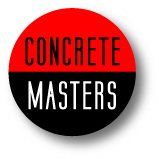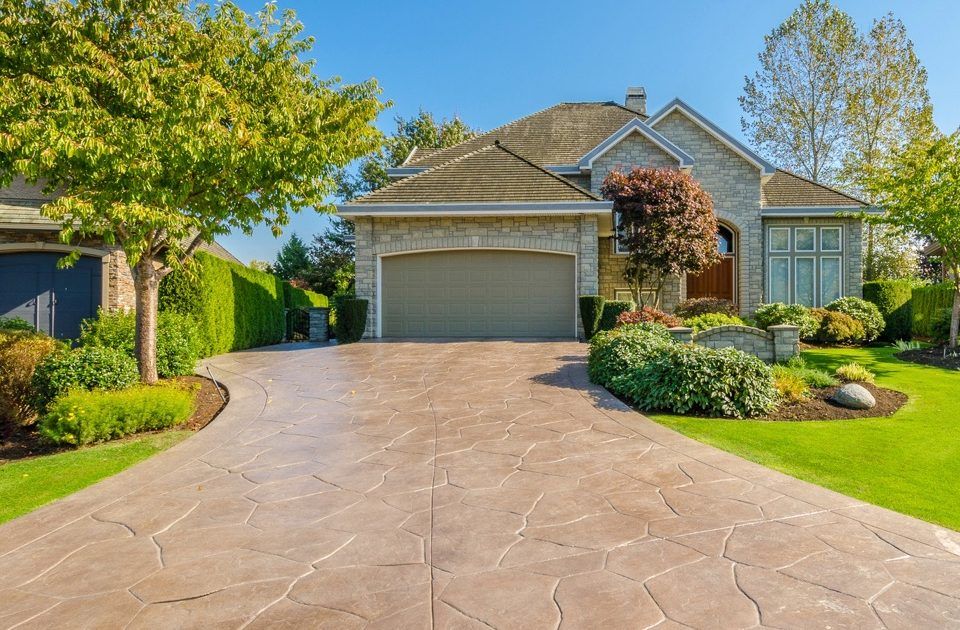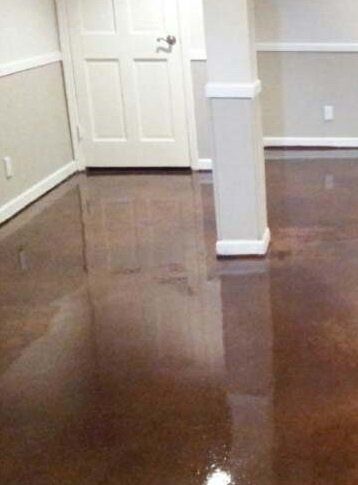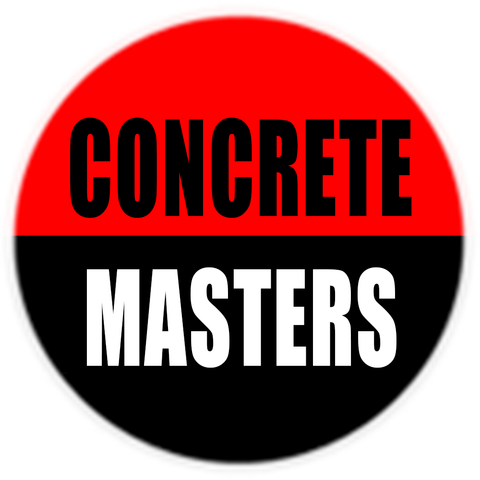- How is stamped concrete installed?
The process begins by laying a crushed stone base. A flexible form is then built for the area to ensure the design you have chosen is in the shape you chose. The stones will then be re-graded so the concrete can be poured to a four to five inch thickness- depending on the intended usage of the area. Rebar is also installed to give added strength and support. Once the preliminary work is done, the concrete can be poured.
There are many ways color can be added, but the two most common ways to apply color to concrete are integral coloring and the dry-shake method. The integral process has color added directly to the cement mixer so that the color goes all the way through. This process is ideal for areas such as driveways where chipping is possible. The dry-shake method is the most popular choice. With the dry-shake method, powdered color is added to the concrete’s surface and massaged into the concrete. This process is repeated several times so that the color penetrates the concrete. Quite often, Atlanta homeowners and business will opt for the dry-shake method, because it is available in many more colors than integral color. The dry-shake method also serves as a strengthener for the concrete. Other methods of adding color are cast-on color and acid stains.
- Can I have more than one color in my decorative concrete pattern?
Yes. No matter what process is used for adding color, a secondary color can be added to give a more three-dimensional look.
- How long does stamped concrete need to cure?
While sealed stamped concrete can handle a light rain as few as two hours after application, it is best if the decorative concrete has at least a week to cure. To prevent fine cracks in the surface, it is best if a constant temperature and moisture level is maintained. For an outdoor stamped concrete project, a thin plastic tarp is often attached to the frame to prevent moisture damage. Usually, stamped concrete can be lightly walked upon within a day of completion. After a week, it is ready for any activity and after 28 days it is deemed fully cured but it will continue to harden for some time after that.
- Is stamped concrete slippery?
While it might appear slippery, decorative concrete is not slick. However, the sealer used to repeal moisture and show off the colors and pattern does form a plastic-like film. To counteract this concern, when the concrete is poured your Atlanta concrete contractor can opt to use the floating method, which leaves a sandier finish that aids in slip-resistance. The floating method also gives a more textured look and more realistic appearance to stamped patterns such as brick and cobblestone. Slickness can also be avoided by using a thinner coat of sealant or by mixing an anti-skid additive into the sealer.
- How long will stamped concrete last?
Just like standard concrete, your decorative concrete will last for years. It can withstand the hot temperatures of Atlanta’s summers as well as the occasional snow we have. Often, stamped concrete is more durable than traditional concrete due to the installation and sealing process.






